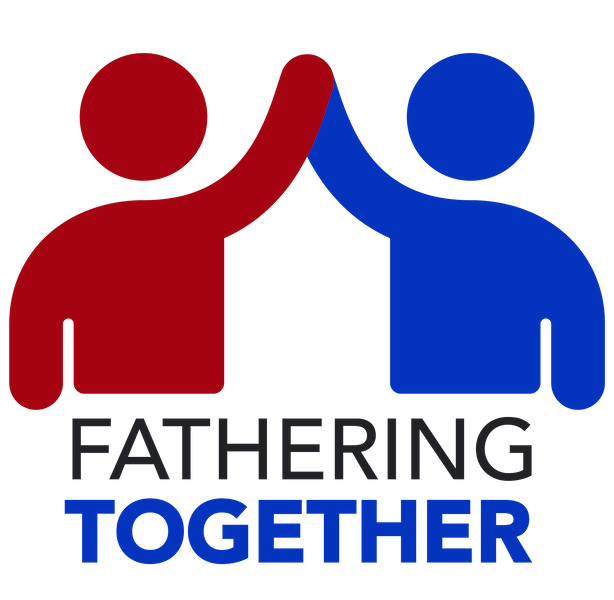
I recently saw an iconic sign of summer’s approach: a parent teaching a child how to ride a bike. For parents, like me, who taught their children how to ride long ago, such an image triggers torrents of nostalgia.
I remember exactly where we were when my oldest daughter, Lauren, and I performed the rite of passage. In my version of trying to bubble-wrap my first kid, I insisted she learn on a paved path with grass on both sides (to absorb any falls) in a local park. As I jogged alongside her bike with the training wheels removed, I held the back of her seat to keep her steady. While she implored me “don’t let go,” of course I was letting go intermittently until she finally mastered her balance and conquered gravity. And there it was: the joy and pride of independent riding with no guiding hand necessary.
A few years ago, Lauren and I revisited her early bike-riding days via a surprising format: our “home movies.” I was in the process of converting old video files to DVDs for posterity, which I highly recommend to fellow parents to avoid digital oblivion of precious family history. When a video appeared of young, wobbly Lauren zigzagging down a sidewalk on her bike, we both laughed at the memory.
“Dad, that must have been hard for you to watch back then,” Lauren said.
“It was,” I said, acknowledging that while I was proud to record her first bike ride at that time, I also feared a wicked wipeout and had to fight the urge to intervene. (After all, back when the modern bicycle was invented and developed in the 1800s, it was known as the “boneshaker” due to its bumpy, dangerous rides.)
Another reason I laughed was that teen Lauren could finally perceive the amount of patience and non-intervention parenting requires. While it may be physically possible for a hurried, well-intentioned parent to tie a shoe or clean a room for a child, it is not physically possible for a parent to learn how to ride a bike for his or her child. That can only be achieved by the child.
You never forget your child’s first bike ride
In hindsight, the necessity of non-intervention by parents as children learn to ride a bike may be the reason for its iconic staying power. A parent’s hand letting go of the back of the child’s bicycle seat is symbolic of so many weanings that take place throughout a child’s upbringing. A child’s first independent bike ride is also one of those moving-away-from-parents milestones that begin with crawling across your floor and end with driving away from your home. In each case, both parents and children have to let go of their fears and have faith in the universe.
The image of a hand letting go of a seat can be bittersweet, but if parents do their job well, their children will always feel the “invisible hand” of their parents ready to steady them whenever needed. If children’s lives get wobbly, out-of-balance or “boneshaking,” they will know they can still ask for an invisible hand from their aging parents. Ideally, such a stabilizing hand becomes unnecessary in adulthood, but it’s certainly comforting for aging children to know that it is always at the ready.

Leave a Reply